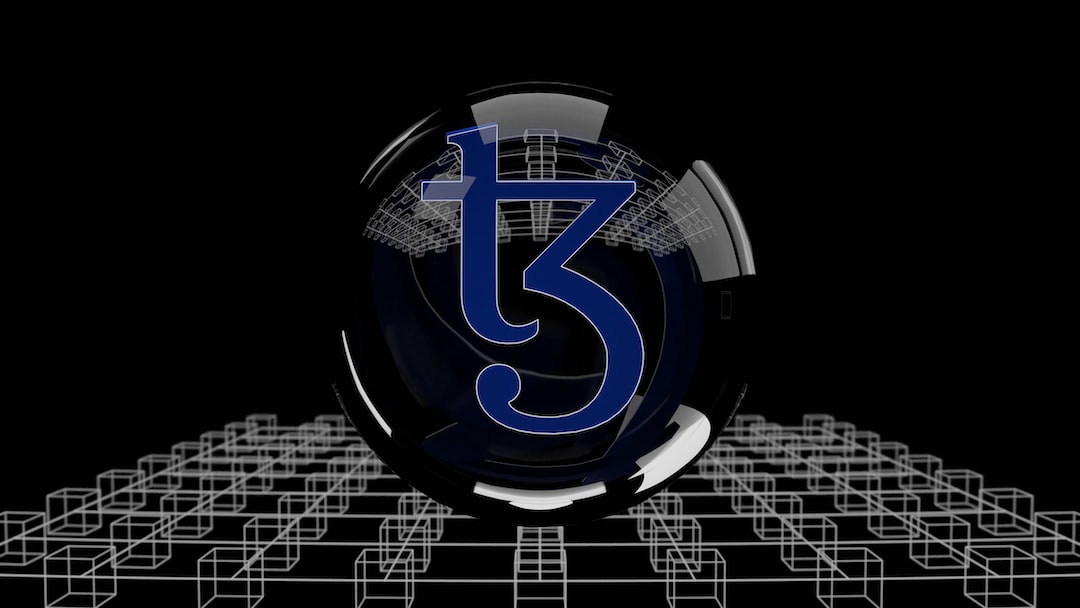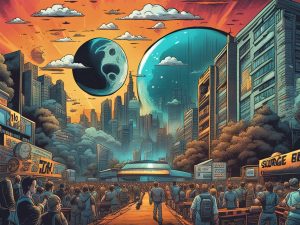Why Korea’s Architecture is Poised for Global Recognition 🌏🏛️
The architectural landscape of South Korea is experiencing a remarkable transformation that beautifully merges historical influences with modern innovation. As the world increasingly takes notice, Korea’s architectural identity stands ready to emerge as a significant contributor to the global cultural narrative. This year, the focus on Korea’s evolving skyline is accentuating its potential as a key player in international architecture.
The Rise of a Cultural Phenomenon 🎶✨
Over the past few decades, South Korea has captivated global audiences with its cultural exports, from K-pop music to cinematic masterpieces. The Hallyu wave, or Korean Wave, has amassed over 200 million fans worldwide, proving that Korean culture resonates deeply. By 2030, spending on Korean cultural products is projected to grow significantly, underscoring the nation’s influence on global trends. Recently, Seoul clinched the title of “Best City of 2024,” further spotlighting its creative and architectural prowess.
As interest blossoms around South Korean culture, the focus now shifts towards its architectural innovations. The city of Seoul is becoming a canvas, reflecting a renaissance in building design that successfully fuses traditional values with contemporary concepts. Every structure tells a tale, echoing the creative and cultural spirit that runs deep within the nation.
Reshaping Urban Landscapes 🌆🔄
The evolving architectural narrative in South Korea draws heavily from the nation’s rich heritage. The influences of Confucianism and historical colonization have shaped its architectural identity over time. Since the 1950s, after overcoming the challenges of post-war recovery, South Korea has undergone an economic boom that led to a significant shift in how the nation perceives its identity. This evolution resulted in a modern interpretation that continues to celebrate Korean traditions while embracing global inspirations.
In the heart of Seoul, architects are reimagining the urban experience, reflecting the tastes and aspirations of the younger generation. Influenced by the global cultural ascent, these architects aim to harmonize the past with modern design principles. Teo Yang, a prominent figure in this movement, emphasizes that every project begins with understanding the site’s history and essence. The objective is to weave memories and local narratives into new spaces that honor the past.
Architectural Philosophy and Cultural Reflections 🏗️🌿
Building designs often embody the intricate balance of traditional Korean values with contemporary needs. The concept of “memory of the site” plays a crucial role in crafting spaces that resonate with the community. Teo Yang describes traditional Korean houses, or hanoks, as having a strong connection with nature, using materials like stone and wood that reflect the environment. These elements showcase a philosophy of coexistence that seeks equilibrium with the surroundings.
The traditional Korean maxim “geom-ibullu hwaibulchi,” which translates to being simple yet beautiful without extravagance, encapsulates the design ethos prevalent in modern Korean structures. This grounded approach leads to architecture that feels both elegant and harmonious, ultimately bridging the past with contemporary aesthetics.
Innovative Approaches to Modern Spaces 🛠️💡
Contemporary Korean architecture emphasizes a return to basics while harnessing technological advancements. The work of creators like Teo Yang illustrates a holistic approach, merging traditional craftsmanship with innovative methods. The incorporation of 21st-century technologies, such as 3D printing, serves to revitalize time-honored designs, breathing new life into historical materials.
As architectural conversations evolve, there is a move towards producing versatile living environments that promote flexibility. Studio Gaon, recognized as the leading architecture studio in Korea, embodies this philosophy, focusing on the interplay between modern living and historical context. Their designs encourage fluidity in space usage, allowing for a dynamic interaction within homes.
The Global Stage Beckons 🚀🌍
Korean architects are gaining attention beyond their borders. Figures like Minsuk Cho, who designed the Serpentine Pavilion 2024 in London, exemplify the translation of Korean aesthetics to global contexts. His creation stands as a testament to how traditional concepts can be reinterpreted to foster an inclusive and vibrant community atmosphere.
The continuous dialogue between Korean architecture and nature paints a picture of collaboration rather than domination. Architects are attuned to the unique landscapes and topographies of Korea, which influence their design choices and ultimately set them apart in the global arena.
Hot Take: The Future of Korean Architecture 🌟🔮
As South Korean architects craft spaces that resonate with both tradition and innovation, they are not merely constructing buildings; they are creating narratives that connect society with its history. This year marks a pivotal moment in the architectural identity of Korea, poised to leave an indelible mark globally. Embracing its cultural heritage while adapting to modern requirements signifies that South Korea’s architectural movement is just beginning. The future looks promising as architects explore the interplay between identity, environment, and the next generation’s aspirations.





 By
By

 By
By
 By
By
 By
By